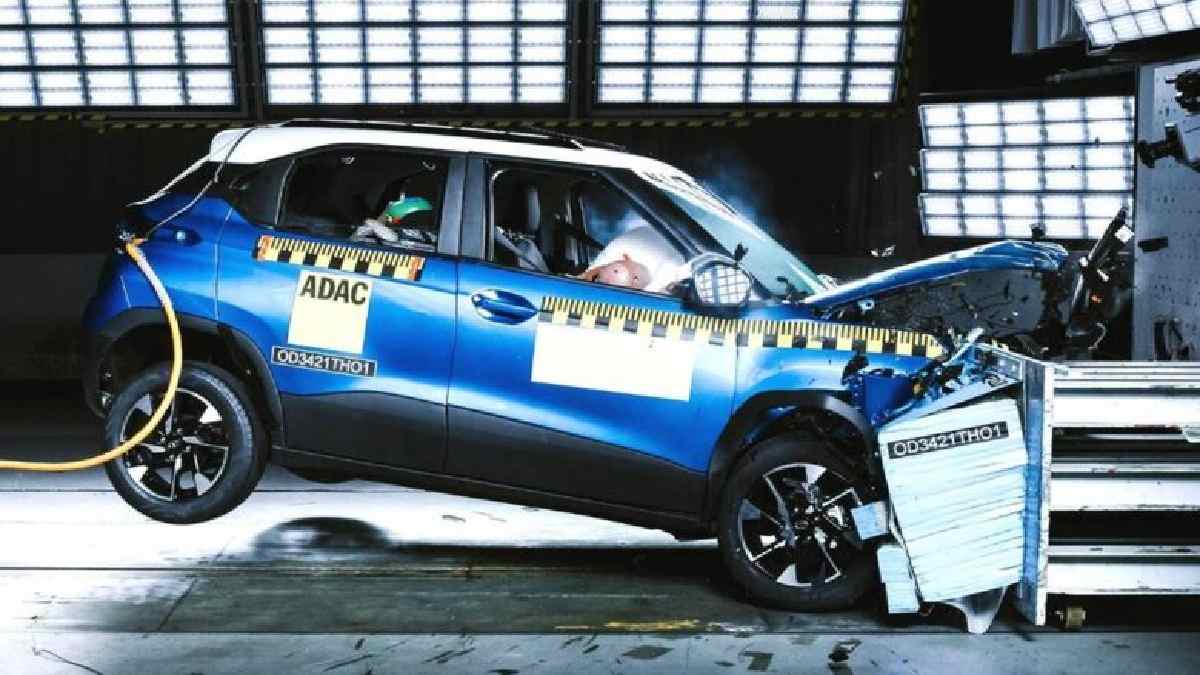BNCAP: The car safety ratings from the Bharat New Car Assessment Programme (BNCAP), which will evaluate car models through testing, will impact people’s car purchasing decisions in the coming years.
This step is expected to drive the inclusion of safety ratings for even highly popular and sub-Rs 10 lakh car models, leading to a rise in car costs.
As per the LocalCircles’ latest survey, Nearly 72% of car customers will consider rating while purchasing the vehicle in the coming three years
In accordance with The Economic Times (ET) report, nearly 48 per cent of the current car users said that if the BNCAP safety evaluation rating of a car is low, then they can ensure safety belts and speed rules at high speeds on roads and expressways.
The survey was conducted on 24,000 people across 271 districts in India.
Notably, car manufacturers will get safety and crash impact evaluation test of the models in the country from October 1 under the Bharat NCAP.
Maruti Suzuki India’s Senior executive officer of sales and marketing, Shashank Srivastava said that the steps that are taken by the government under the BNCAP programme for safety are welcomed.
This programme will impact the decision of the car buyers while buying the cars. Safety is now becoming a crucial criterion and safety and wearing seat belts is coming above all the star ratings.
He further added that Maruti Suzuki is coming with three models, including two compact vehicles under the BNCAP programme.
Presently, Indian car manufacturers receive safety ratings for their models from the Global NCAP project, operated by the UK-based charitable organisation Towards Zero Foundation. Each model’s evaluation costs approximately Rs 2.5 crore, as reported by ET.
However, with the introduction of the Bharat NCAP (BNCAP), the cost for safety ratings is expected to decrease to Rs 60 lakh.
What is BNCAP?
Automakers voluntarily place their car models for the crash test as per the protocols under the Bharat NCAP.
This program is applicable to the fundamental version of passenger vehicles equipped with no more than eight seats, inclusive of the driver’s seat, and with a gross vehicle weight not exceeding 3,500 kg.
Cars will be evaluated between one to five stars on three criteria— adult occupant protection, child occupant protection, and safety assist technologies.
The initial two aspects will be assessed through three different tests, including a frontal offset test where a vehicle is propelled at 64 kmph with a 40 per cent overlap into a barrier that simulates an oncoming vehicle.
This replicates a collision between two cars of equal weight. Further examinations include a side impact test at 50 kmph and a pole-side impact test, involving a car colliding with a rigid pole at 29 kmph.













